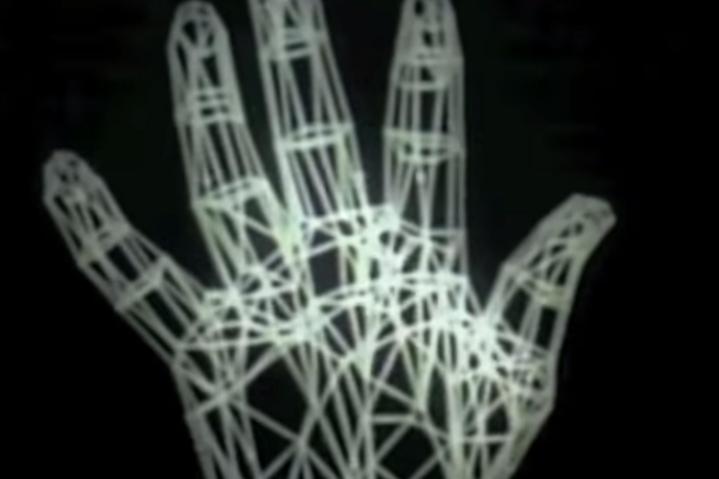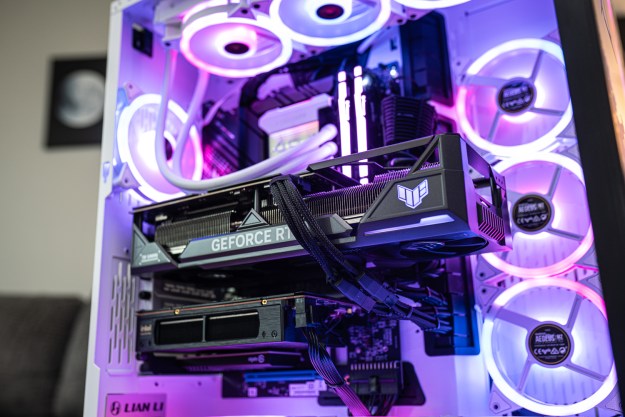
They started by casting a plaster model of Catmull’s left hand. With a pen they divided the form into 350 polygons, which were then measured, input into the computer and meticulously animated. Catmull developed an animation program to render and manipulate the new digital image, bringing it to life. They also used the program to recreate Parke’s wife’s face, shown at the end of the film, and demonstrated a practical application of the software by modeling an artificial heart valve.
Transferring the rendered images to film was a whole other ordeal, without computer hardware powerful enough to render the images at speed. Individual frames had to be photographed from the computer’s monitor and then strung together into the film.
The film’s immediate legacy was a brief appearance on a monitor in the 1976 film Futureworld, the sequel to Michael Crichton’s Westworld, which is now being adapted into an HBO series. Catmull went on to lead the computer graphics group for LucasFilm which was later purchased by Steve Jobs in 1986 and turned into Pixar, which produced the world’s first computer animated feature film, Toy Story, in 1995. Catmull has won four academy awards for his contributions to the field. Parke remained in academia, teaching computer science and graphics at Texas A&M University. In 2011 the film itself was selected for preservation by the Library of Congress’ National Film Registry as a landmark moment in animation and film.
Editors' Recommendations
- Wolfenstein 3D and more classic Bethesda games join PC Game Pass
- All of the secret exits and warp zones in Super Mario 3D World
- Super Mario 3D World made it to Switch, but other Wii U games are still stranded
- Super Mario All-Stars 3D adds GameCube controller support for Super Mario Sunshine
- Super Mario 3D All-Stars already the second bestselling game of 2020 on Amazon


